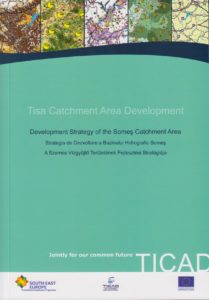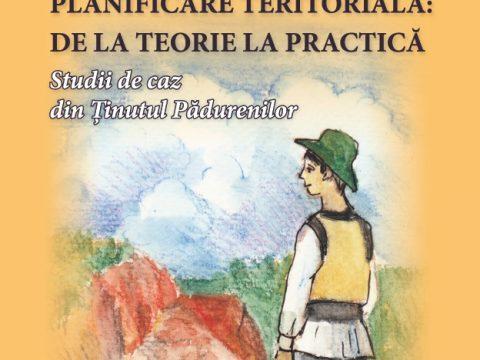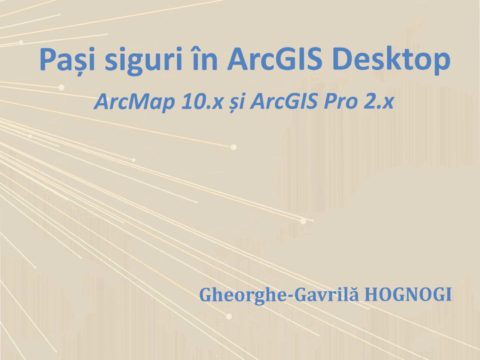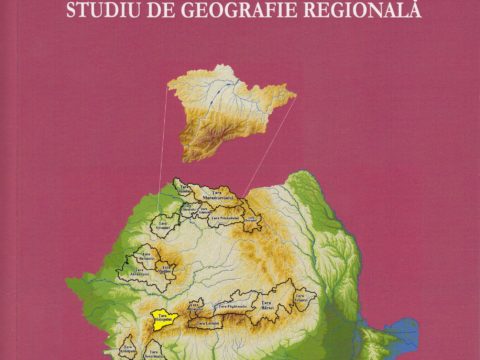Strategia de Dezvoltare a Bazinului Hidrografic Someş / Development Strategy of the Someş Catchment Area / A Szamos Vízgyűjtő Területének Fejlesztési Stratégiája
Coordinators: Pompei Cocean, Annamária Göncz
Authors: Pop Ana-Maria, Papp Lelia, Bătinaş Răzvan-Horaţiu, Boţan Cristian-Nicolae, Cocean Radu, David Nicoleta-Afrodita, Dezsi Ştefan, Filip Sorin, Fodorean Ioan, Gligor Viorel, Man Titus-Cristian, Moldovan Sandu Ciprian, Nagy Egon, Petrea Dănuţ, Rus Ioan, Rusu Raularian, Şerban Gheorghe, Vescan Iuliu, Boia Nastasia, Magócs Krisztina, Devecseri Anikó, Huszár Szilvia, Illés István, Jaschitzné Cserni Tímea, Kulcsár Gábor, Schneller Krisztián, Staub Ferenc, Vaszocsik Vilja, Vartanoff Adriana, Popescu Alina-Oana, Coman Teodora, Cazacu Amelia, Huzui Alina, Chicoş Alina, Simionescu Roxana, Stancu Elena, Toth Georgiana, Dumitru Mărioara
Publisher: Risoprint, Cluj-Napoca
Publication date: 2012
Description: 274 p., A4, 41 ill., 40 bibliographic titles, ISBN 978-973-53-0736-3
This book was elaborated by Babeş-Bolyai University of Cluj-Napoca, Faculty of Geography, in collaboration with VÁTI – Hungarian Nonprofit Limited Liability Company for Regional Development and Town Planning, Budapest, the National Research and Development Institute for Urban and Territorial Planning, Bucharest and the Ministry of Regional Development and Tourism, Bucharest. This material includes the results of the pilot project on the Someş Catchment Area developed under the Tisa Catchment Area Development (SEE/A/638/4.2./X – TICAD), a project supported under the South East Europe Transnational Cooperation Programme. The aim of this pilot project was to establish a common framework and a transnational network of experts in order to provide optimal solutions for the natural, anthropogenic and industrial risks, and the socio-economic development. The first part of the book is focused on a detailed integrated analysis of the area, reflecting the environmental (most important sources of pollution, conflict areas, SEVESO sites, mining areas) and economic state of the area, as well as water management issues. The stakeholders’ analysis and the identification of development opportunities, of risks or threats were also taken into account. The second part includes the results of the development strategy and the formulation of policy recommendations for decision makers at national, regional and local level.








